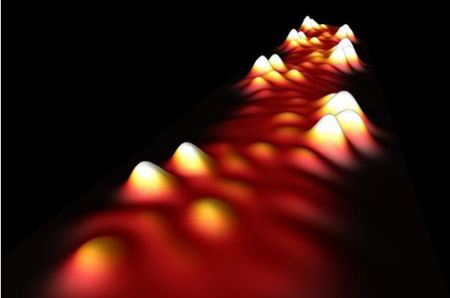Researchers from the University of California Berkeley, Columbia University, U.S. Lawrence Berkeley National Laboratory and the University of Washington have been developing carbon-based computers using graphene nanoribbons as wires in transistors and circuits that can “boost the energy efficiency of computers and other electronic devices”, Engineering 360 reported.
“The potential for carbon to displace silicon as the preferred material for integrated circuits appears brighter with the development of metallic graphene nanoribbons,” the GlobalSpec publication noted. “By connecting short segments of nanoribbon, electrons in each segment can be arranged to form a desired topological state with tunable semiconducting properties. This approach yielded a conducting metal wire tens of nanometers long and 1.6 nm wide. The electronic state of the newly formed structure was that of a metal, with each segment contributing a single conducting electron”.
“Graphene nanoribbons (GNRs, also called nano-graphene ribbons or nano-graphite ribbons) are strips of graphene with width less than 50 nm,” Wikiwand explains.
“Staying within the same material, within the realm of carbon-based materials, is what brings this technology together now,” Felix Fischer, UC Berkeley professor of chemistry, told Berkeley News, noting that the ability to make all circuit elements from the same material makes fabrication easier. “That has been one of the key things that has been missing in the big picture of an all-carbon-based integrated circuit architecture.”
The researchers found that graphene nanoribbons’ metallicity proves useful in studying exotic quantum phases in a single dimension. Carbon-based computers engineered with this material use fractions of the power and could potentially switch many times faster than silicon computers. We will be keeping track of this research.
contact us:
 EN
EN
 English
English
 Chinese
Chinese
 Italiano
Italiano
 Portuguese
Portuguese
 Deutschland
Deutschland
 French
French
 Russian
Russian
 Japanese
Japanese
 Turkish
Turkish
 Korean
Korean
 Spanish
Spanish
 my account & orders
my account & orders

